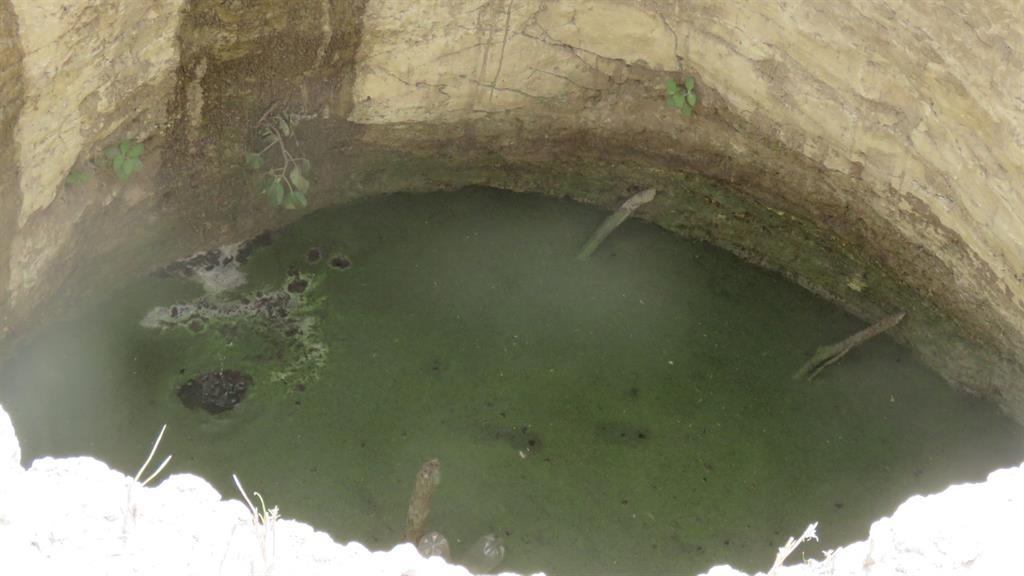Hepatitis hits Amarika
At least five hepatitis E cases have been reported at Amarika in the Omusati Region, where people rely on impure water from shallow wells.
The community is blaming the outbreak on the consumption of salty, green water from these wells.
“An alarming number of cases of hepatitis E have been recorded at Amarika since November last year. Community members are claiming that this might be due to bad water being consumed by community members. The regional directorate of rural water supply was in the area last week assessing the water situation,” a source told Namibian Sun.
The Omusati regional health director, Alfons Amoomo, would not comment on the reported outbreak, saying that hepatitis E has been present in the region since November 2017.
Neither would Amoomo share information on how many people have been affected in the region so far, or the areas where cases were reported.
Amoomo asked why Namibian Sun was only interested in the Amarika situation, seeing that hepatitis had been reported in the region since 2017.
“Just for my personal interest, why are you singling out Amarika? The hepatitis E outbreak has been here in the country since November 2017, Omusati Region included, and reported widely through all media,” Amoomo said.
Last year Amarika residents said it was safer to drink tombo than the contaminated well water. They said water straight from the wells gave them diarrhoea.
Amoomo pointed out that hepatitis E is mainly spread through water contaminated with human faeces.
By February last year, Omusati had recorded 98 hepatitis E cases. At the time, Amoomo said 62 of them were people who had travelled to either Windhoek or Swakopmund.
ILENI NANDJATO
The community is blaming the outbreak on the consumption of salty, green water from these wells.
“An alarming number of cases of hepatitis E have been recorded at Amarika since November last year. Community members are claiming that this might be due to bad water being consumed by community members. The regional directorate of rural water supply was in the area last week assessing the water situation,” a source told Namibian Sun.
The Omusati regional health director, Alfons Amoomo, would not comment on the reported outbreak, saying that hepatitis E has been present in the region since November 2017.
Neither would Amoomo share information on how many people have been affected in the region so far, or the areas where cases were reported.
Amoomo asked why Namibian Sun was only interested in the Amarika situation, seeing that hepatitis had been reported in the region since 2017.
“Just for my personal interest, why are you singling out Amarika? The hepatitis E outbreak has been here in the country since November 2017, Omusati Region included, and reported widely through all media,” Amoomo said.
Last year Amarika residents said it was safer to drink tombo than the contaminated well water. They said water straight from the wells gave them diarrhoea.
Amoomo pointed out that hepatitis E is mainly spread through water contaminated with human faeces.
By February last year, Omusati had recorded 98 hepatitis E cases. At the time, Amoomo said 62 of them were people who had travelled to either Windhoek or Swakopmund.
ILENI NANDJATO





Comments
Namibian Sun
No comments have been left on this article